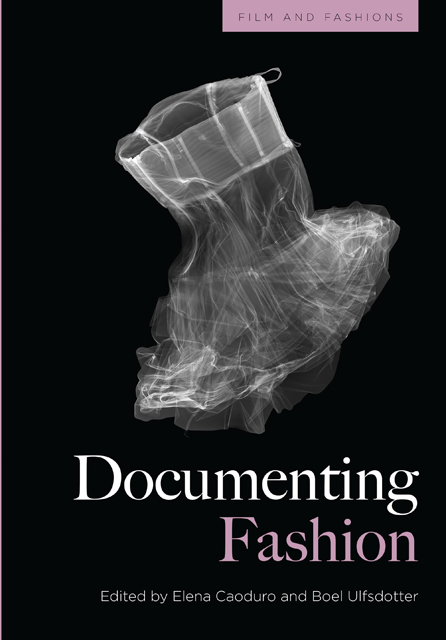4 - ‘Third way’ teenage fashion: housewives’ films documenting ideals of middle-class youth culture in 1950s Sweden
Published online by Cambridge University Press: 20 October 2023
Summary
In 1954, the short film Tonårsmodet (Teenage Fashion), produced by a new advertising agency, Husmors Filmer AB, was screened in Swedish cinemas as part of a free programme of information and advertising films. These so-called ‘housewives’ films’, which had begun production two years earlier, would be a biannual itinerant event for over twenty years. This chapter will discuss what made teenage fashion a subject suitable for an informational and advertising endeavour aimed at housewives (and their younger children) and how these films document a particular period in Swedish media and fashion history.
The housewives’ films were not ordinary commercial films for cinema theatres. They were especially and carefully composed film programmes, about sixty to ninety minutes long, made up of seven to ten information and advertising films, each five to fifteen minutes long. A celebrity, well known either from women's magazines, entertainment, cinema, or later from television, would act as host for the show within the film programme. Stage events, showcases and quizzes often accompanied the screenings. Between 1952 and 1976 these programmes toured Sweden and were shown free at cinemas in the afternoons ( Jansson 1996: 7–12). The company, Husmors Filmer AB, whose name came to be synonymous with the phenomenon, was founded by ad-man Bengt Davidsson, with the aim of making ‘sober, fact-based advertising films’. Experts made sure the films were both informative and likely to aid sales. No reliable audience statistics are available, but at their ten-year anniversary celebration in 1962, the company claimed that they had had ‘about four million visitors’ attending the programmes (Berner 2002: 156).
The company started in 1952, just before the first public debate about commercial television, and two years before the first Swedish experiment with commercial television, the Sandrew-Week (Olsson 2004). Davidsson and his company were also pioneering advertisements themselves and were part of a fast-growing and innovative advertising environment with close links to Western European and US advertising and marketing trends. Print advertising was obviously the main inspiration. To accompany the films, they published a magazine called Husmors-Journalen (Housewife's Magazine). In the very first issue, the editor described the need for ‘sober advertising’, which ought to be both informative and at the same time able to market products.
- Type
- Chapter
- Information
- Documenting Fashion , pp. 81 - 101Publisher: Edinburgh University PressPrint publication year: 2023



